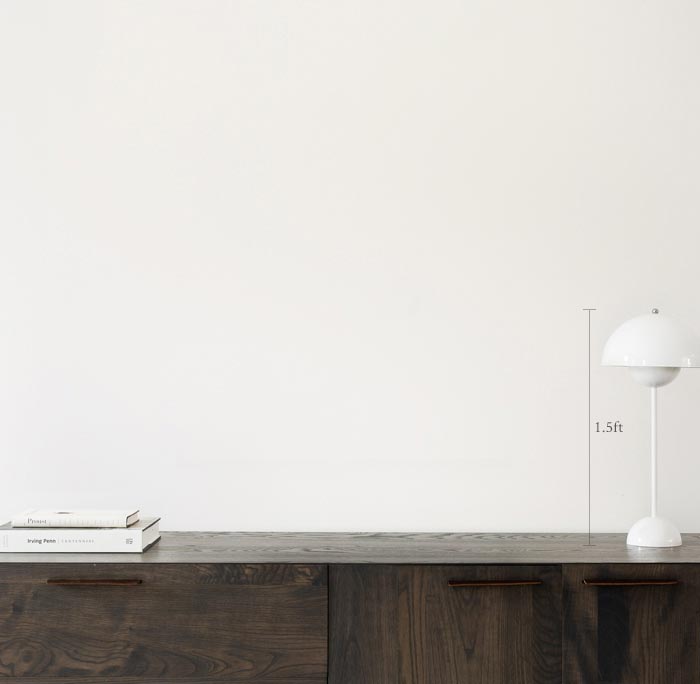Artworks In Your Cart Are Not Reserved.








138 Views
17
View In My Room
Photography, cyanotype on Paper
Size: 18 W x 24 H x 0.1 D in
Ships in a Box
$250
Shipping included
14-day satisfaction guarantee
Trustpilot Score
138 Views
17
Artist Recognition

Showed at the The Other Art Fair

Artist featured in a collection
ABOUT THE ARTWORK
This is one of the last unsold prints of my 'Fireflies' series and 'Late Afternoon' series from the summer of 2019. Both were created using the same technique I devised which I call "saltwater cyanotypes". The watery effect on the flowers' silhouettes and their leaves so evokes seaweed billowing under the sea, that I've changed the name of this piece to 'Octopus' Garden', a nod to the Beatles and the fact we'll all soon be under water if we don't stop using fossil fuels. Though this looks like an aquatint etching or a watercolor wet-on-wet painting, it's not. It is experimental photography. Specifically a 19th century alternative form of cameraless photography called a cyanotype. All my botanical cyanotypes are made with living plants and are unique monotypes. There is no film negative nor etching plate to make copies. I call the particular method I used in this series "saltwater cyanotypes." My technique of wetting the flowers in salt water before placing them on dry paper coated with light-sensitive photo emulsion creates a watery, blurred effect. As the saltwater interrupts the normal darkening process of the photo chemicals which are themselves iron salts, when the photo emulsion is exposed to light, the result is mid-tones and third colors besides indigo and white. There are pale blues and blue-greens.
Original Created:
2019
Subjects:
Mediums:
DETAILS AND DIMENSIONS
Photography:
cyanotype on Paper
Original:
One-of-a-kind Artwork
Size:
18 W x 24 H x 0.1 D in
Frame:
Not Framed
Ready to Hang:
Not applicable
Packaging:
Ships in a Box
SHIPPING AND RETURNS
Delivery Time:
Typically 5-7 business days for domestic shipments, 10-14 business days for international shipments.
Handling:
Ships in a box. Artists are responsible for packaging and adhering to Saatchi Art’s packaging guidelines.
Ships From:
United States.
Have additional questions?
Please visit our help section or contact us.
Christine So
United States
Clients include: Timothée Chalamet, Starbucks, Ritz Carlton, Mayo Clinic, Jumaira Resort (Dubai), Wyndham Worldmark Hotels, Kimpton Hotel Monaco, Evercore NY, Mazars Accounting NY, Limelight Mammoth Hotel & Residences, MD Anderson Hospital, Houston Methodist Hospital, Oakland International Airport. Christine So is a painter, photographer and printmaker living across the San Francisco Bay in the hills of Oakland, California. Her works are heavily inspired by the woods where she has lived and hiked for decades. She works in acrylic and in the antique photographic process of cyanotypes. She creates botanical and abstract prints without a camera lens, as well as hand-printed landscape photographs of the foggy woods where she lives. Whether it’s painting, printmaking, or photography, her work is always nature-inspired and nearly always monochromatic. She has worked in a dozen mediums, cycling back and forth from painting to printmaking to cyanotype, applying effects from one medium to the next. She bridges the mediums of photography, monoprinting and painting. Her favorite question when working in the antique photographic process of cyanotypes is “What would happen if…?” She has devised a range of atypical techniques using the cyanotype process. Arguably the most striking of her unique methods are her cyanotype paintings in her Delft Garden series. The painted silhouettes of plants each contain an intricate blue and white pattern within them when viewed up close.The lengthy process begins as a pencil drawing which is then painted in–not with ink or paint–but with the cyanotype light-sensitive mixture in a dark room. It’s a tricky process as it’s hard to see what one is painting in very dim light. Days later once the photography chemicals have dried in the painting, she lays plants on top of the painted silhouette in a pattern that will leave gaps similar to lace. She then carefully moves the entire bundle outside and exposes the pattern to sunlight to create the image-within-the-image. The blue and white pattern seen in each leaf resembles painted Delft pottery, thus the title of this series: Delft Garden. Another of the artist’s innovative techniques is her series of completely abstract cyanotypes printed without photo negatives or stencils. She immerses paper painted with light-sensitive chemicals in water outdoors using the line of the water’s surface to block light, letting sunlight etch lines where one shade of blue ends and the next begins.
Artist Recognition

Handpicked to show at The Other Art Fair presented by Saatchi Art in Los Angeles

Artist featured by Saatchi Art in a collection
Thousands of 5-Star Reviews
We deliver world-class customer service to all of our art buyers.
Satisfaction Guaranteed
Our 14-day satisfaction guarantee allows you to buy with confidence.
Global Selection of Emerging Art
Explore an unparalleled artwork selection by artists from around the world.
Support An Artist With Every Purchase
We pay our artists more on every sale than other galleries.